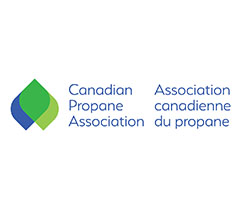EIA: Heating costs to drop for 2015-16 winter
The U.S. Energy Information Administration (EIA) released its Short-Term Energy and Winter Fuels Outlook for the 2015-16 heating season.
According to EIA, household heating costs are expected to be lower this winter compared with the previous two winters for all energy sources. Homes primarily using propane are expected to spend $1,437, which is about $322 less than the average winter propane heating expenditure. EIA says the decline in household heating expenses can be attributed to a combination of warmer weather and lower fuel prices.
The following are EIA’s predictions for average household heating expenses for each energy source for the upcoming winter season:
- Natural gas: $578, a $64 decrease from last winter’s average
- Propane: $1,437, a $322 decrease from last winter’s average
- Heating oil: $1,392, a $459 decrease from last winter’s average
- Electricity: $930, a $30 decrease from last winter’s average
EIA says most U.S. regions are expected to have warmer weather this winter. The Northeast, Midwest and South are expected to be about 13 percent, 11 percent and 8 percent warmer, respectively, based on forecasts from the National Oceanic and Atmospheric Administration. The West, which had unusually warm weather last winter, is expected to be 12 percent cooler.
Currently, about 4 percent of all U.S. households use propane for home heating, with the majority of users based in the Midwest. EIA expects households using propane for heating in the Midwest will spend an average of $320 less on propane this winter. That’s about 21 percent less than the average Midwest expenditure last winter. According to EIA, the decline reflects prices that are 13 percent lower and consumption that is 9 percent lower than last winter.
In addition, households using propane for heating in the Northeast will spend an average of $342 less on propane this winter. That’s about 15 percent less than last winter. This reflects prices that are 5 percent lower and consumption that is 11 percent lower than last winter.
















